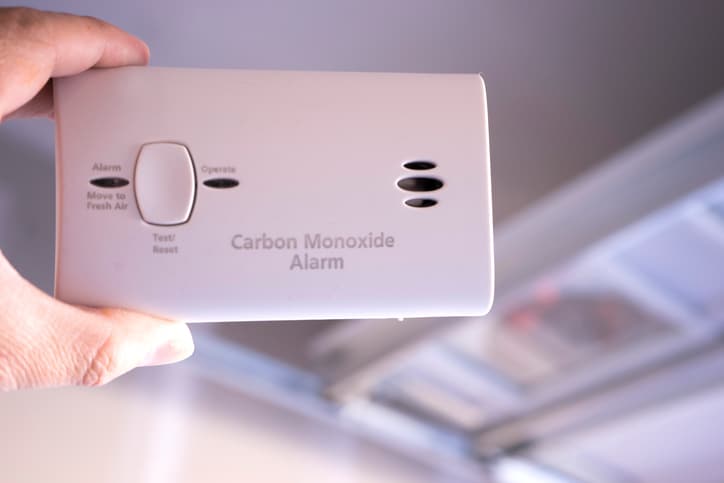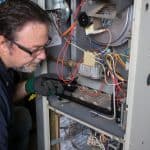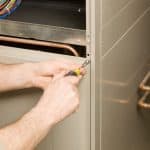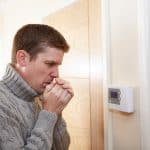
Carbon monoxide is found in fumes produced by generators, stoves, lanterns, and gas ranges or burner charcoal or wood. The gas can build up in these things and if the spaces are not properly ventilated people and animals can breathe it in. More than 500 Americans die each year from carbon monoxide poisoning. These deaths are unintentional as the gas cannot be smelled, seen, or tasted. Here are the signs of carbon monoxide poisoning and what you can do to prevent it from affecting you and your home.
Signs and Symptoms
The signs and symptoms of carbon monoxide are dull headache, weakness, dizziness, nausea or vomiting, shortness of breath, confusion, blurred vision, and/or loss of consciousness. If you think you or someone you are with may have been exposed, get to fresh air and seek emergency medical care. The condition is life threatening and warning signs can be subtle. Carbon monoxide poisoning can be especially hazardous for people who are sleeping or intoxicated. Those who have been exposed may have irreversible brain damage or even die before anyone realizes there is a problem.
Carbon monoxide poisoning is absolutely preventable. Never leave your vehicle running in an enclosed space such as a garage. Generators and engines powered by gasoline should never be inside enclosed structures unless they have been professionally installed. Even if you keep the doors and windows open, it does not guarantee ventilation. Also, do not run these sources less than 20 feet from an open window, door, or vent so exhaust can escape into an enclosed space. Gas furnaces are safe but should be checked for heat exchanger problems. Contact your local HVAC provider as they have special tools to inspect this issue and can ensure that your heating is not leaking carbon monoxide.
Prevention
One of the best ways to prevent carbon monoxide poisoning is to install detectors in your home. A detector should be placed on each level of your house and closest to the bedrooms. If you have a garage directly attached, the detector should be placed within 10 feet of the inside door. Detectors should not be placed on the ceiling as carbon monoxide is lighter than air. If there is a buildup of the gas this is likely due to an inefficient heating source. The heated air will then form a layer at the ceiling blocking the gas from reaching the detector. Place the detectors then on the wall a couple of feet below the ceiling.
Contact Gentry Air Conditioning to check if there’s a carbon monoxide leak in your home!











